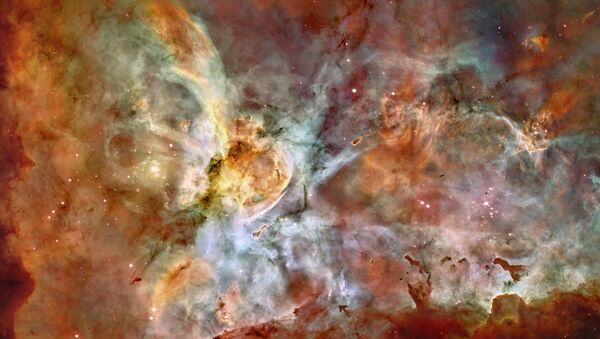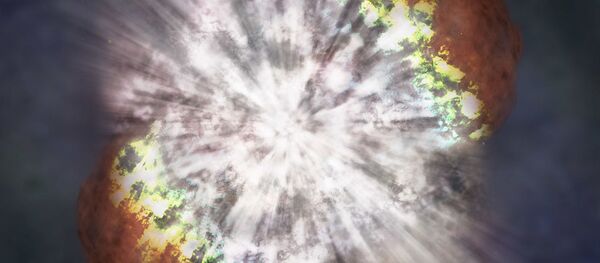An international team of astronomers has spotted and recorded a rare phenomenon of an accretion burst event, which could shed light on how high-mass stars form and grow. As Associate Professor James Okwe Chibueze from North-West University revealed in his article for Space.com, the rare burst was first detected in 2016.
This prompted researchers in Japan, Poland, Italy, China, Russia, Australia, New Zealand and South Africa to join forces in the specially created Maser Monitoring Organisation (M2O). Using radio telescopes in different parts of the world, they were able to hunt for flares of these masers, a microwave equivalent of a laser, which could signal that a giant star is forming. These flares are stimulated by the funneling of matter into such a newborn giant, which swallows it and prompts a burst, brightening masers, as researchers suggest.
Such brightened masers were detected by Japan’s Ibaraki University in January 2019 at the massive protostar, known as G358-MM1. As their colleagues from the Australian Long Baseline Array discovered, this was a yet-unseen phenomenon - a blast of heat-wave from a massive forming star.


